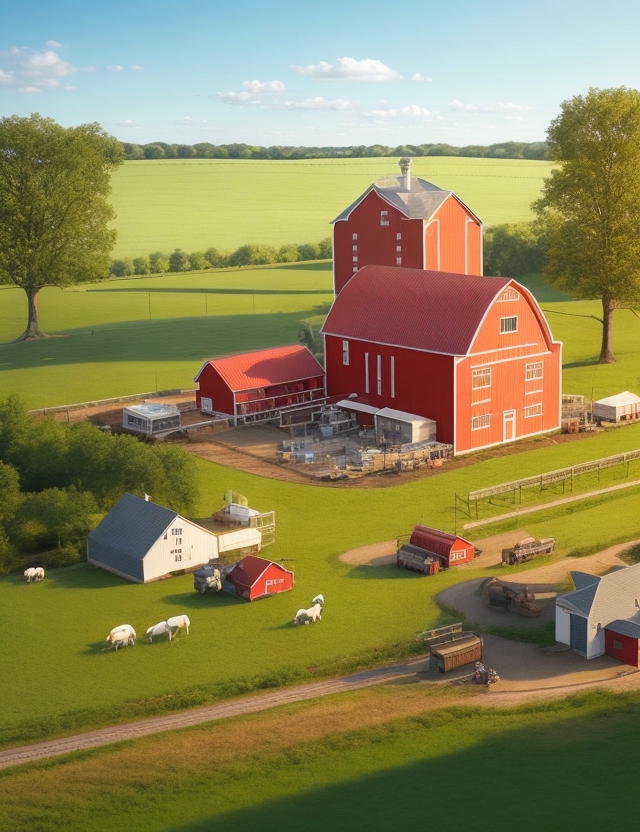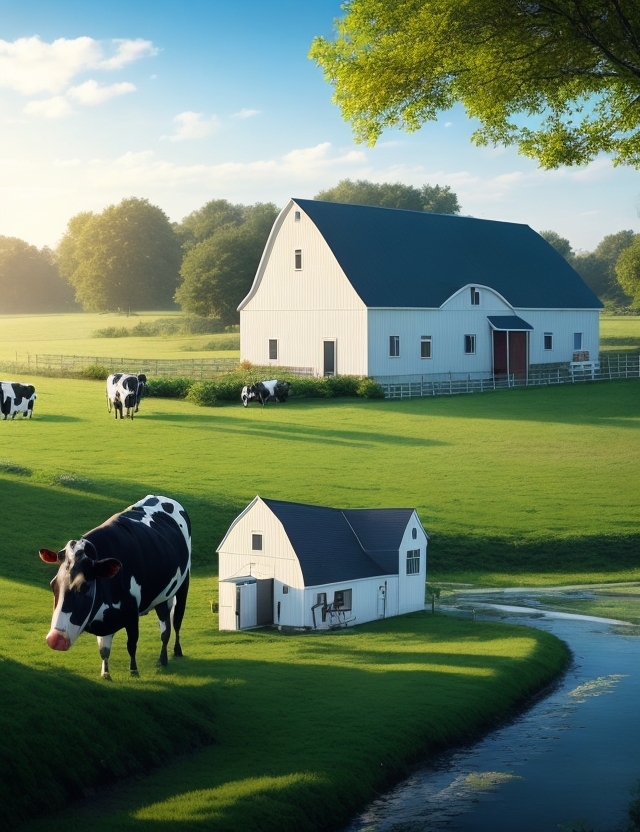The Unseen Environmental Costs of Dairy Farming
Expanded Nutrient Runoff into Local Waterways
Nutrient runoff is an issue that poses serious ecological challenges. More specifically, the excess nutrients from manure, feed, and fertilizers find their way into local rivers, lakes, and streams. This can lead to eutrophication where an explosion of algal blooms consumes oxygen in the water, leading to "dead zones" devoid of aquatic life. Several studies have tried to measure the extent of this impact. For example, the United States Geological Survey (USGS) conducted extensive water sampling to assess nutrient concentrations and found alarming levels near dairy farms. Some mitigation strategies include creating riparian buffer zones, where vegetation is planted between the farm and the water bodies to absorb the nutrients, and employing advanced waste management systems that convert manure into bioenergy, thereby reducing its volume and nutrient content.

Expanded Greenhouse Gas Emissions
The issue of greenhouse gas emissions from dairy farms is not only a local problem but also a global concern. The methane emitted from enteric fermentation in cows has a Global Warming Potential (GWP) 28–36 times that of carbon dioxide over a 100-year period, according to the IPCC. Furthermore, nitrous oxide, mainly originating from manure storage and field application, has a GWP 298 times that of carbon dioxide. Innovative solutions like anaerobic digesters can break down manure in an environment without oxygen, reducing methane emissions. Additionally, changing cow diets to include more grain rather than fibrous plants like grass can reduce methane production during digestion.
Expanded Localized Effects on Air and Water Quality
The localized impacts of dairy farming go beyond mere statistics and have real-world implications for communities that live near these farms. Emissions such as volatile organic compounds can contribute to air quality issues, including the formation of ground-level ozone and smog, which can exacerbate respiratory issues among local populations. As for water quality, the excessive use of antibiotics in dairy farming has led to antibiotic-resistant genes being detected in water bodies adjacent to farms. These pose a significant risk to both human health and local ecosystems, which could result in long-term ecological imbalances.

Future Prospects
Considering the environmental challenges posed by dairy farming, sustainable practices must be adopted universally. Integrated farm management systems, adoption of clean technologies, and community education are critical for mitigating the impacts. Regulatory guidelines should also be strengthened and enforced to ensure that dairy farming can be conducted sustainably.
The environmental impacts of dairy farming are pressing concerns that need immediate attention. They extend from local water bodies to the global climate, affecting both natural ecosystems and human communities. While challenges persist in quantifying these impacts, the consensus is clear: more sustainable practices are essential for the long-term well-being of both the planet and its inhabitants.
If you found the insights on the environmental impacts of dairy farming eye-opening, you might also be intrigued by our article on "Farming Practices and Carbon Sequestration." Learn how different crops and agroforestry practices can help mitigate climate change. Additionally, for a broader view on agriculture's role in the environment, our feature on "Climate Variations and Fruit Orchards" discusses the impact of climate factors on fruit yield and quality.





